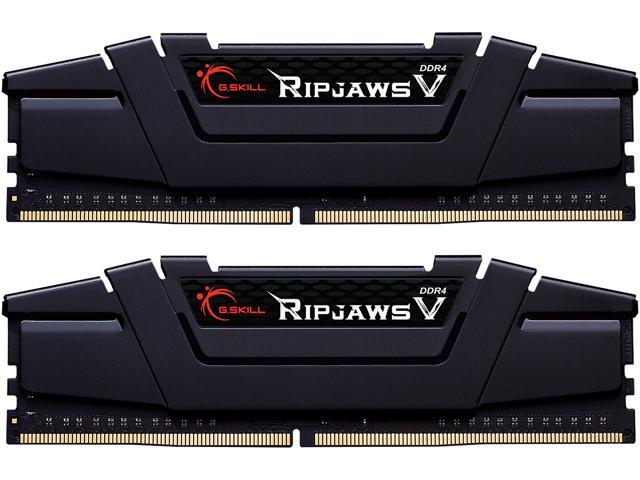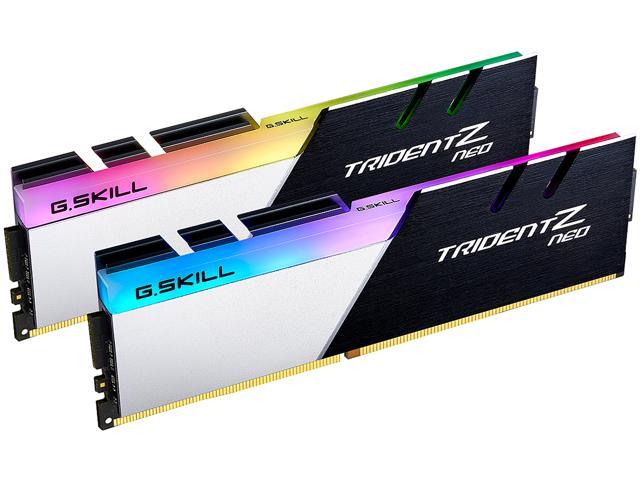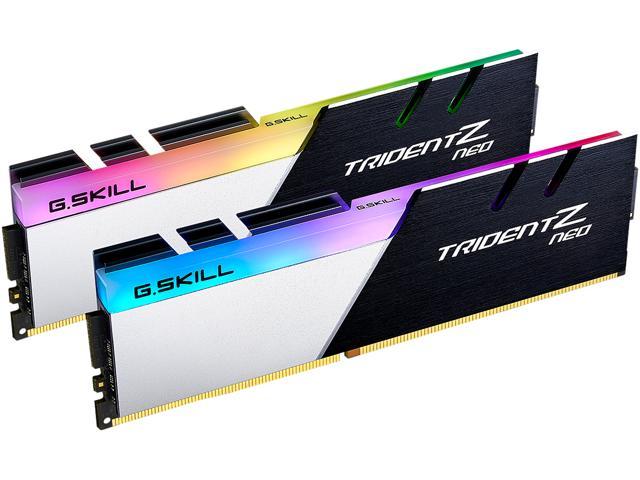Whats the best memory for AMD Zen 2 / 3 CPUs? I've got a 3700X with a decent IMC. I'm running 16gig GSkill B-dies @ 3600 15-16-16, but need to get to 32gigs.
I grabbed these, and seemed to be the last. I'm hoping to downclock to 3600 to 3800 and go for CL14.

 www.newegg.com
www.newegg.com
My plan is to upgrade to a 3D Zen3 once they are available.
I read a lot about the Neo series being good for AMD Zens. I wanted to double check with others and see what their experiance has been. I think these Ripjaws should do great for me, and potentially gets me 4000 with a Zen 3 (if I'm lucky).
Other Contenders I looked at:

 www.newegg.com
www.newegg.com

 www.newegg.com
www.newegg.com
I grabbed these, and seemed to be the last. I'm hoping to downclock to 3600 to 3800 and go for CL14.

G.SKILL Ripjaws V Series 32GB (2 x 16GB) 288-Pin PC RAM DDR4 4000 (PC4 32000) Desktop Memory Model F4-4000C16D-32GVKA - Newegg.com
Buy G.SKILL Ripjaws V Series 32GB (2 x 16GB) 288-Pin PC RAM DDR4 4000 (PC4 32000) Desktop Memory Model F4-4000C16D-32GVKA with fast shipping and top-rated customer service. Once you know, you Newegg!
My plan is to upgrade to a 3D Zen3 once they are available.
I read a lot about the Neo series being good for AMD Zens. I wanted to double check with others and see what their experiance has been. I think these Ripjaws should do great for me, and potentially gets me 4000 with a Zen 3 (if I'm lucky).
Other Contenders I looked at:

G.SKILL Trident Z Neo Series 32GB (2 x 16GB) 288-Pin PC RAM DDR4 3600 (PC4 28800) Desktop Memory Model F4-3600C14D-32GTZN - Newegg.com
Buy G.SKILL Trident Z Neo Series 32GB (2 x 16GB) 288-Pin PC RAM DDR4 3600 (PC4 28800) Desktop Memory Model F4-3600C14D-32GTZN with fast shipping and top-rated customer service. Once you know, you Newegg!

G.SKILL Trident Z Neo Series 32GB (2 x 16GB) 288-Pin PC RAM DDR4 4000 (PC4 32000) Desktop Memory Model F4-4000C16D-32GTZNA - Newegg.com
Buy G.SKILL Trident Z Neo Series 32GB (2 x 16GB) 288-Pin PC RAM DDR4 4000 (PC4 32000) Desktop Memory Model F4-4000C16D-32GTZNA with fast shipping and top-rated customer service. Once you know, you Newegg!

